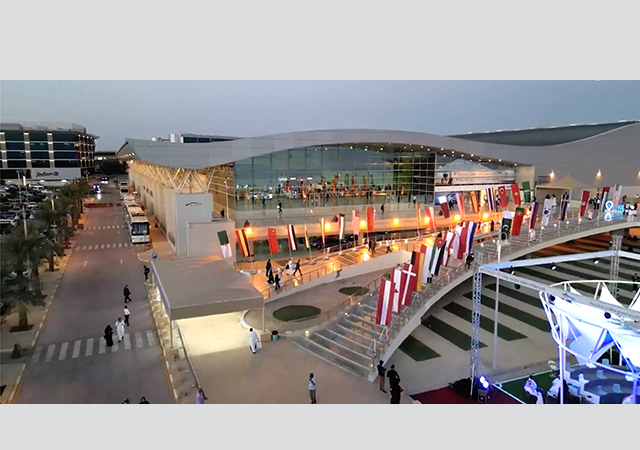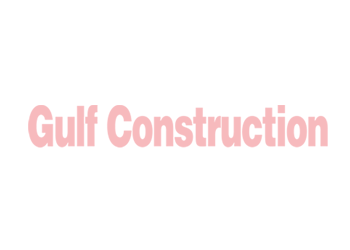
 An illustration of the viaduct
An illustration of the viaduct
An ambitious $3.89 billion light rail project, which aims to connect various parts of the mushrooming city of Dubai in the UAE, is currently in the tendering stage.
Dubai Municipality, which is promoting the Dubai Light Rail network, is in the process of selecting the main contractor for the project, said director general Qassim Sultan.
‘‘Though the project is extremely sophisticated and requires a high level of expertise, our current schedule envisages that site preparation and ground work could start in six months. This, of course, will be decided by the qualification of the main contractor,” he said.
Apart from the appraisal process for the tender, a committee tasked with the project is busy evaluating various related sub-projects such as the sourcing of the rail engines and passenger cars that are to carry the passengers across the city of Dubai.
The Dubai Light Rail Network will comprise two lines:
- The Red Line which will initially run from close to Al Ghurair Centre to the American University of Dubai through BurJuman and Sheikh Zayed Road. It will progressively be extended to Jebel Ali Port in the south and the intersection of Al Nahda and Damascus roads through Al Qiyadah intersection in the north.
- The Green Line will initially run from close to Dubai Municipality to Rashidiya bus station through Deira City Centre and the Airport Terminals 1 and 3. It will progressively be extended to serve the Deira and Bur Dubai central areas and suqs up to BurJuman and Wafi shopping centres. A possible extension of the Green Line from Wafi to the Dubai Festival City is also under study.
The two lines will total nearly 70 km, with 35 stations along the 50-km long Red Line, and 22 along the 20-km long Green Line. Two transfer stations at Al Ittihad Square and BurJuman will be common to both lines. In total, the network will include 55 stations, 18 km of tunnels, 51 km of viaduct, one major train depot and maintenance facilities site and several auxiliary stabling facilities. The total fleet size will be slightly in excess of 100 trains.
Once in full operation, the Dubai metro is projected to carry approximately 1.2 million passengers on an average day, and 355 million passengers per year.
Dubai expects 15 million visitors by 2010.
‘‘Just 10 years ago, Jebel Ali was considered far away by the residents and visitors of Dubai. Now residential mini-cities have sprung up deep into the desert and there is no more space left up to the approach of Jebel Ali Free Zone,’’ said Saeed. ‘‘With this kind of growth, we needed to put in place an intelligent transportation system that could cater to the influx of visitors and the thousands of residents and workers who live and commute daily between old Dubai and the new growth corridor extending up to and beyond Jebel Ali. The Dubai Light Rail was the answer.’’
The passenger rail system will be the first of its kind in the Southern Arabian Peninsula.
Each train will be approximately 75 m long, consisting of five cars, with numerous double doors allowing fast and smooth flow of passengers at stations.
The trains will be driverless and fully automated, offering a safe and reliable service. Trains could run as often as one every 90 seconds.


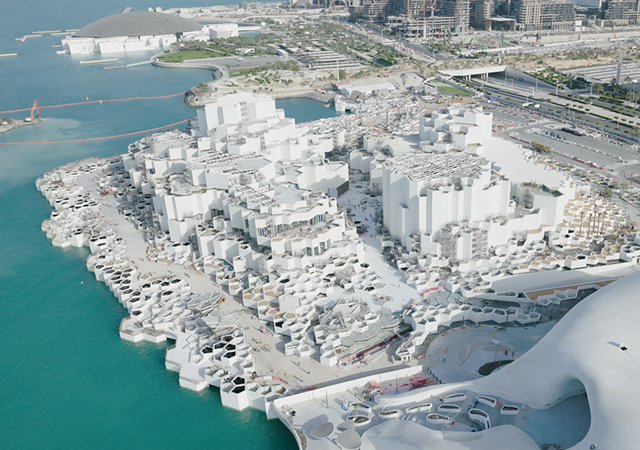
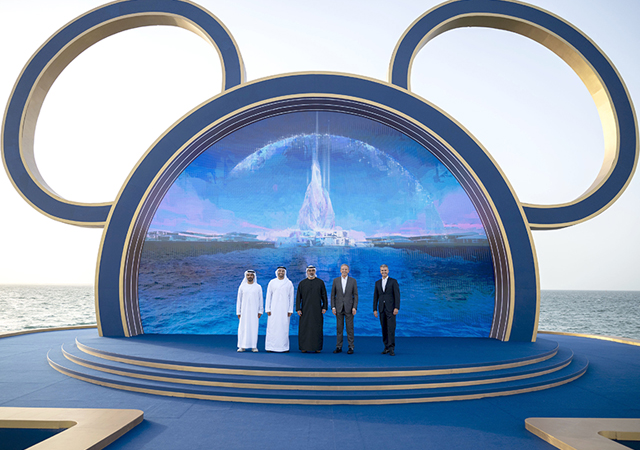
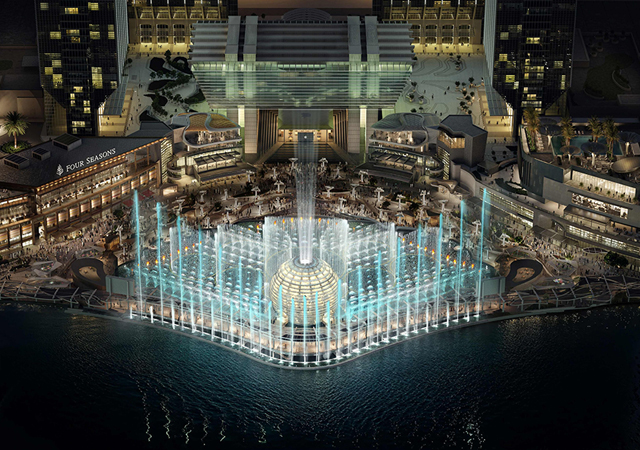
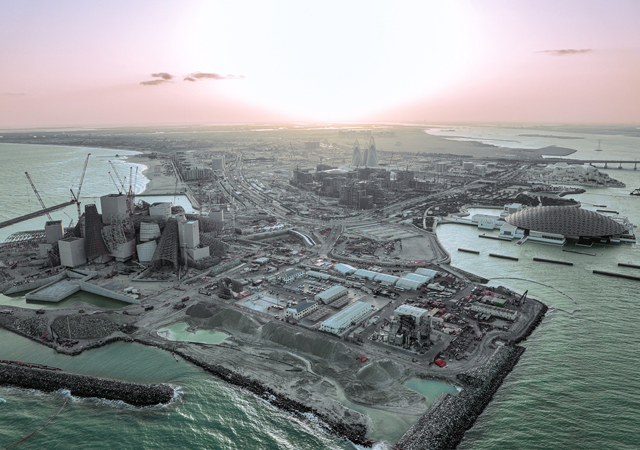
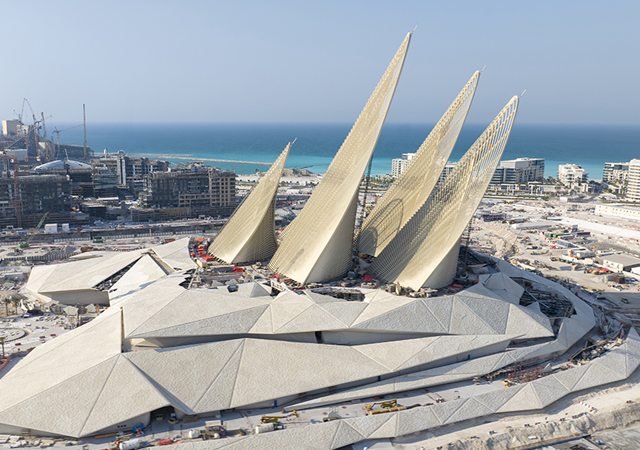
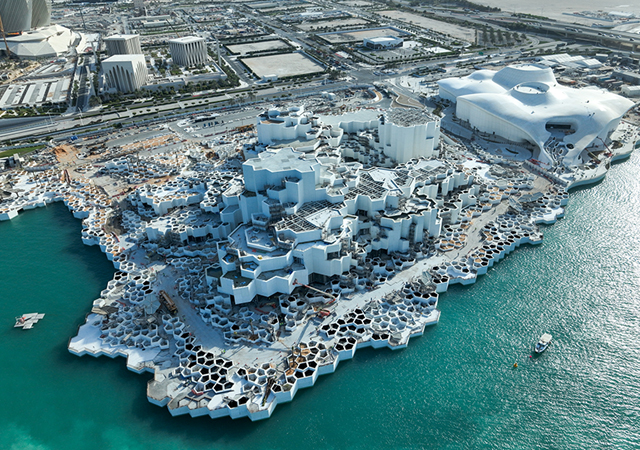
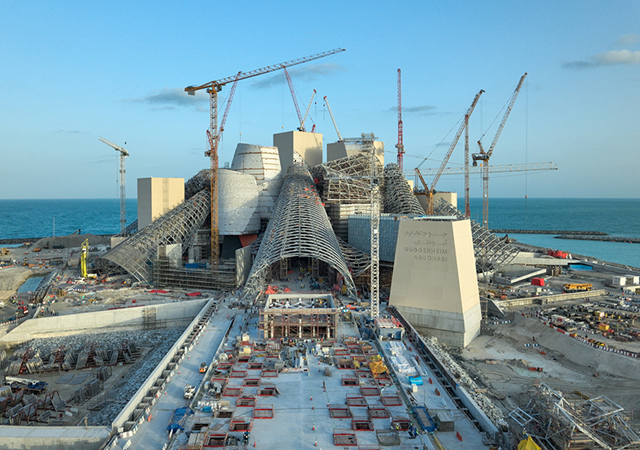
.jpg)
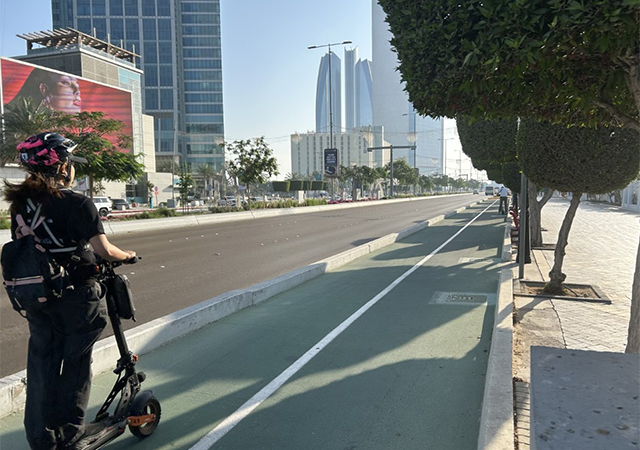
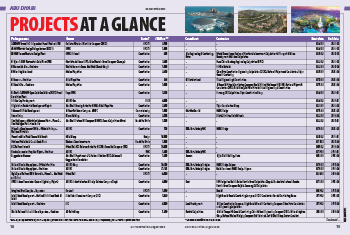


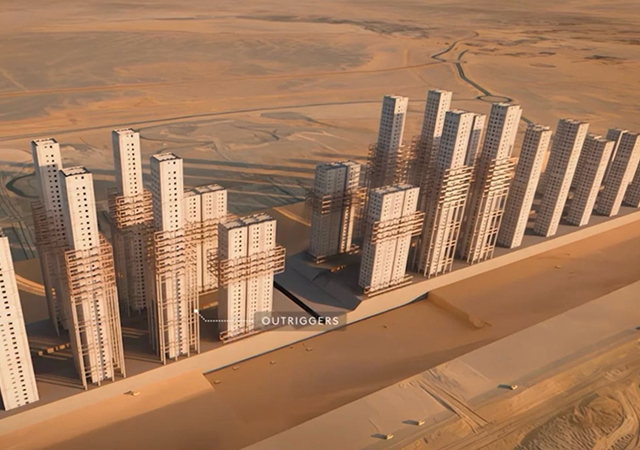
.jpg)
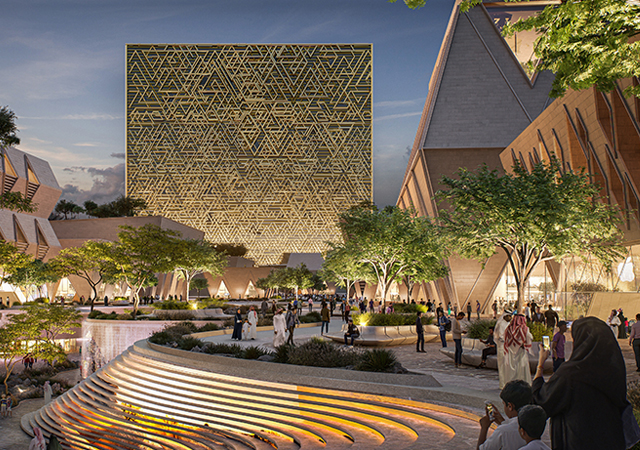
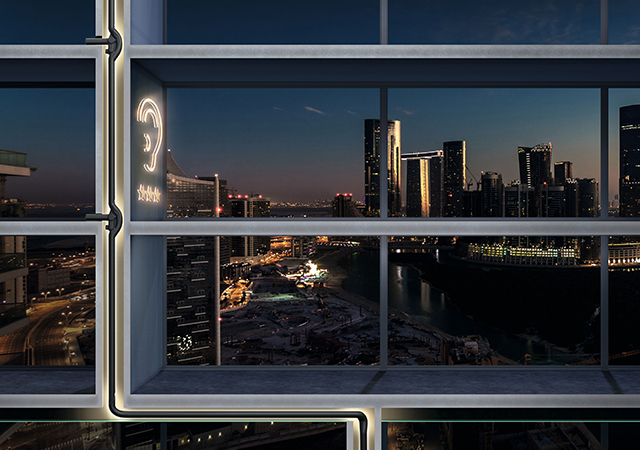
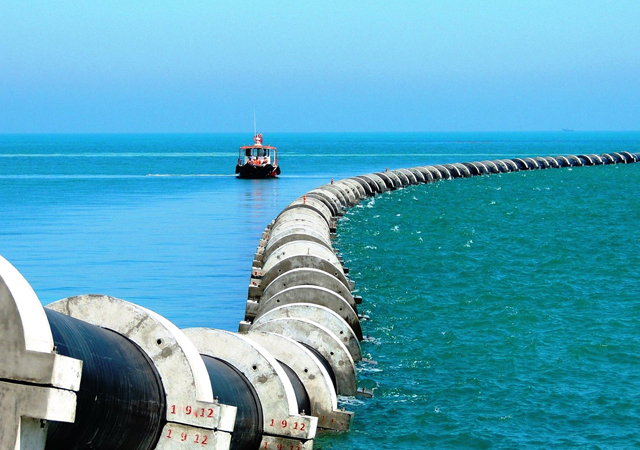


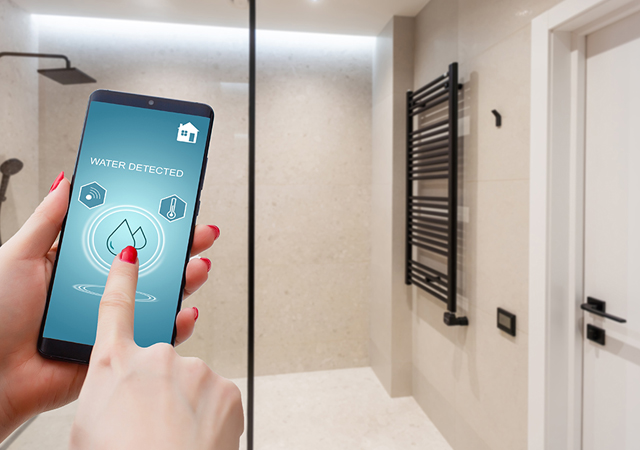
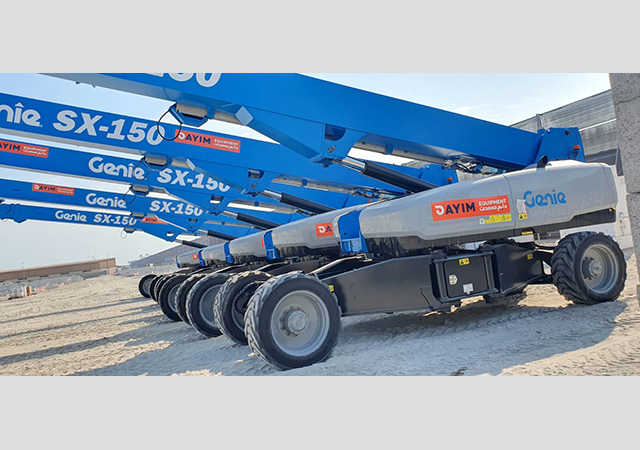
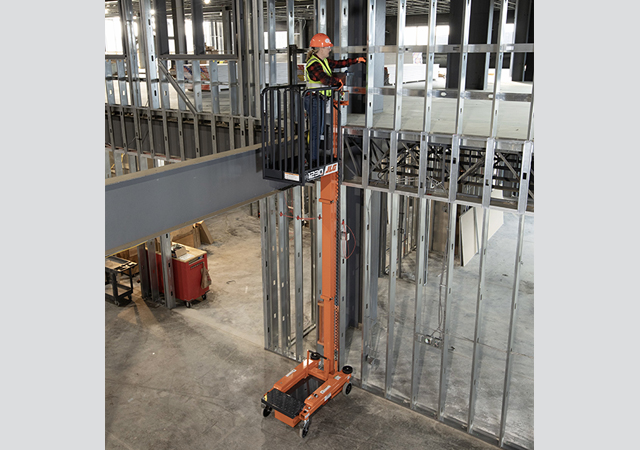
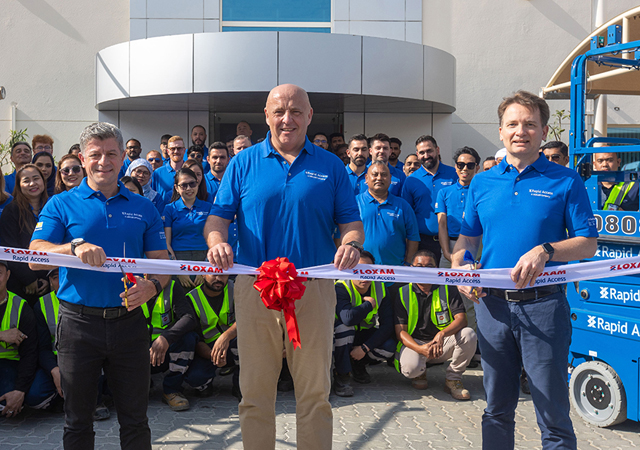
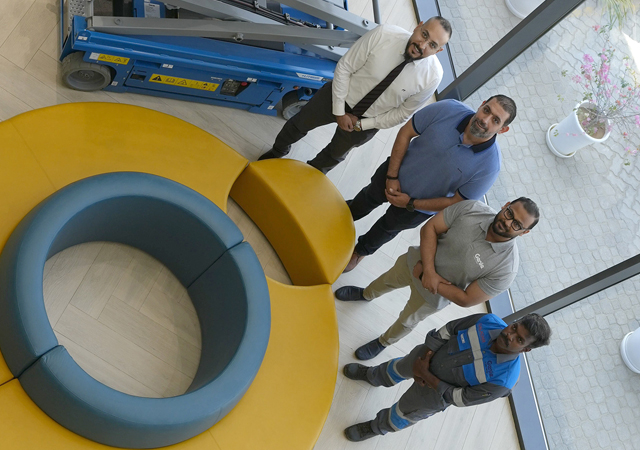
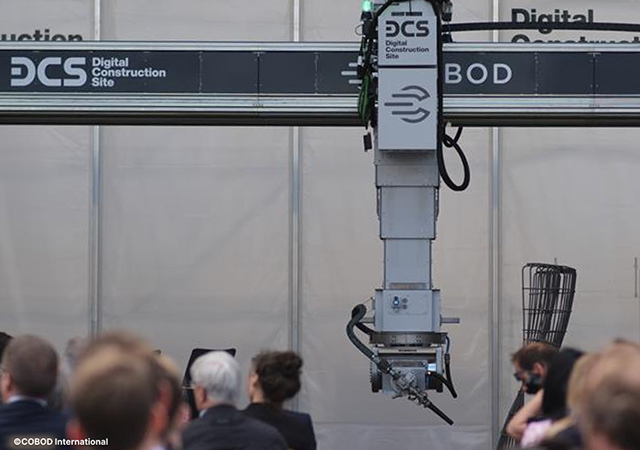
Doka (2).jpg)
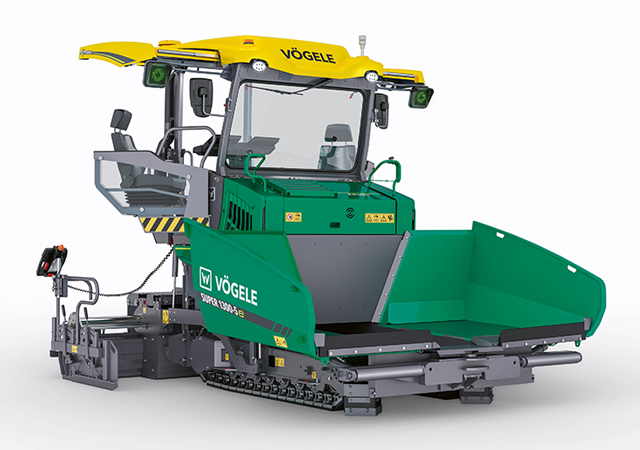
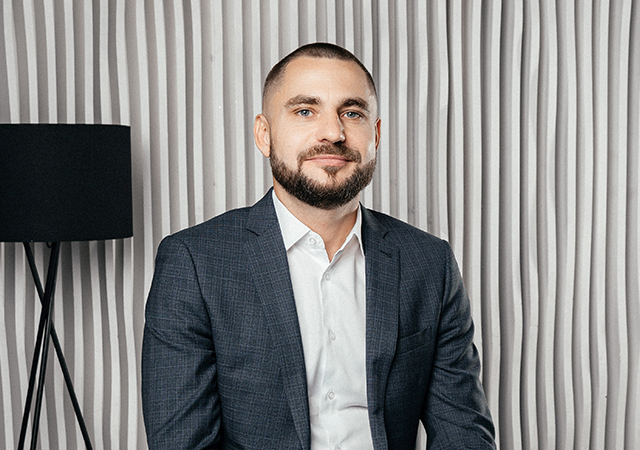
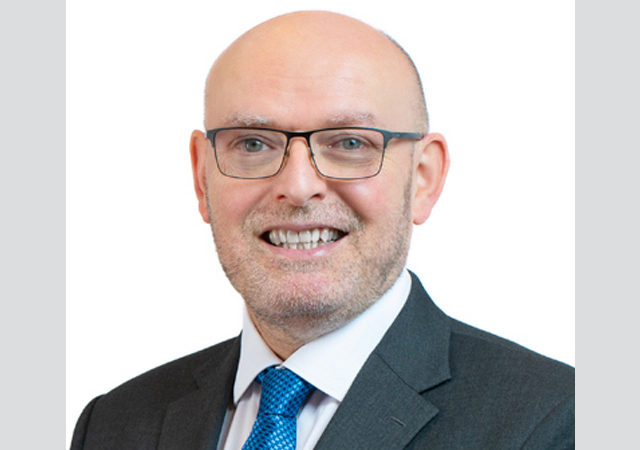
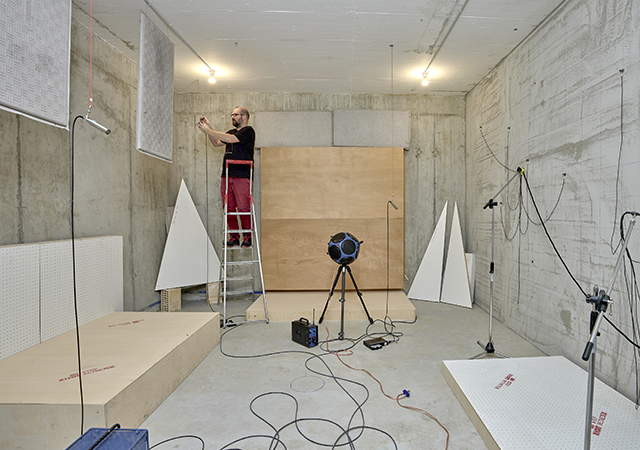
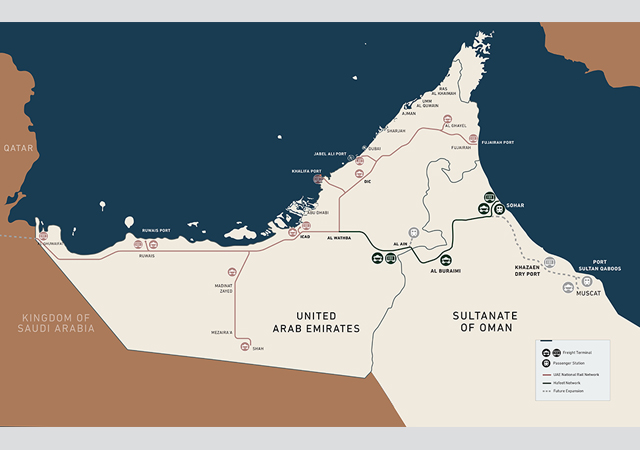

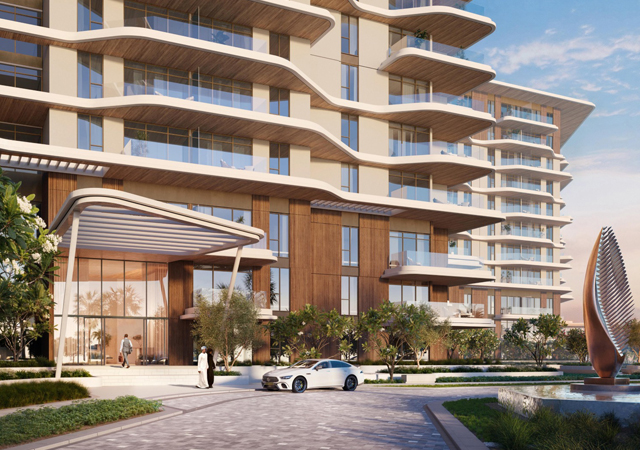

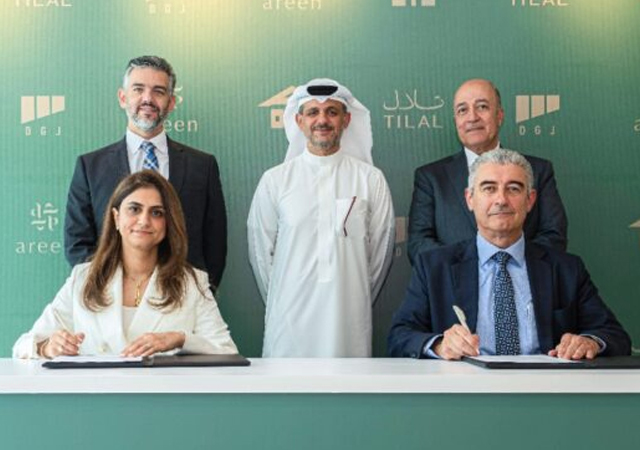
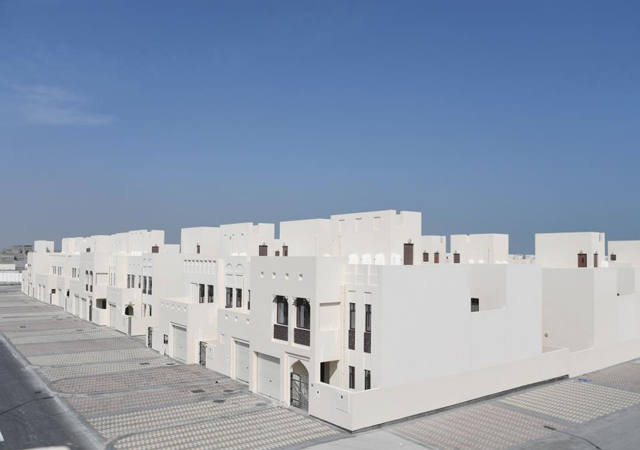
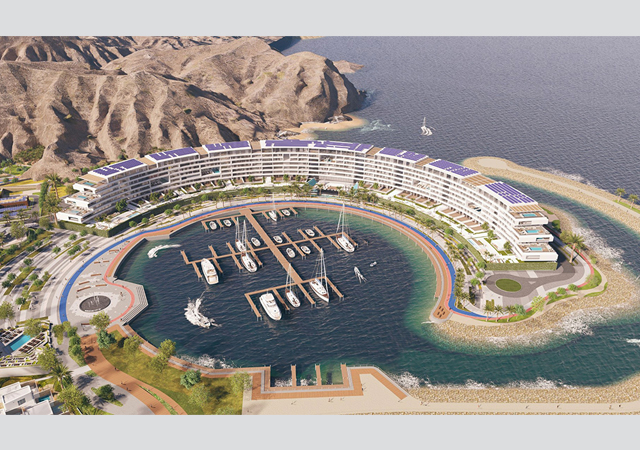

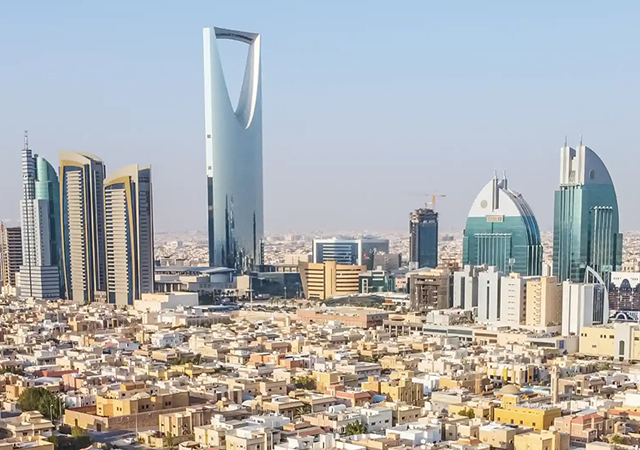
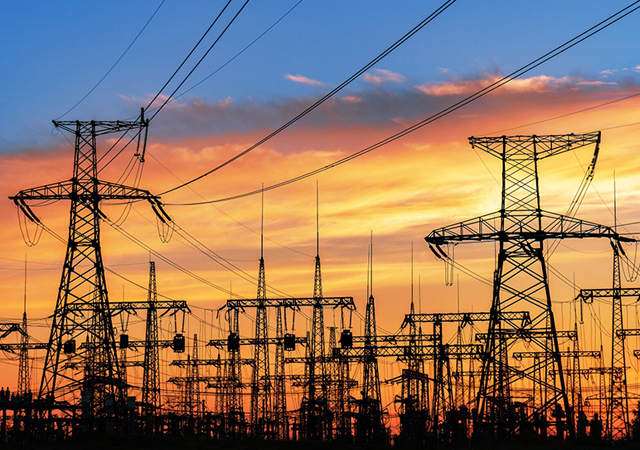
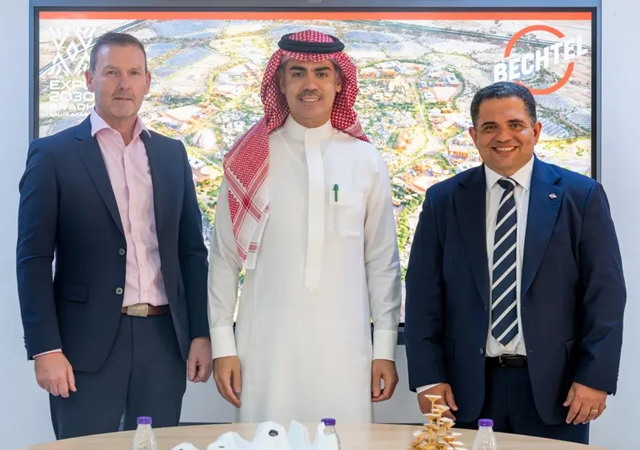

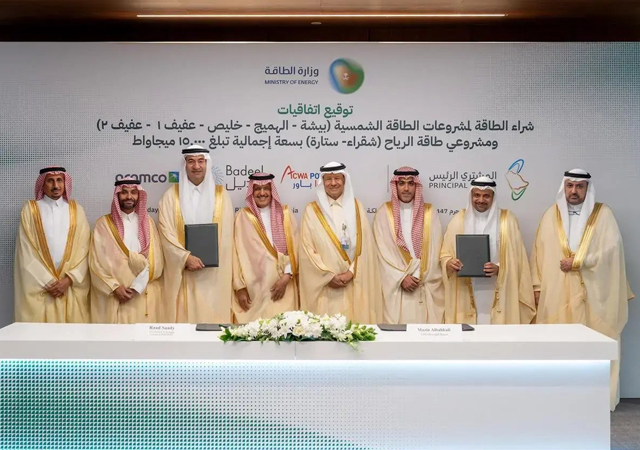


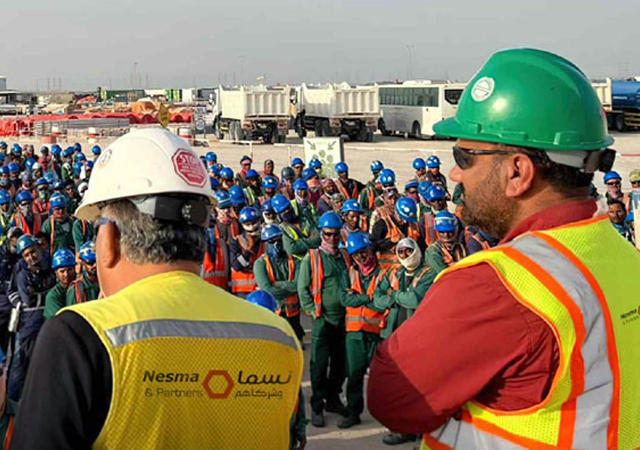

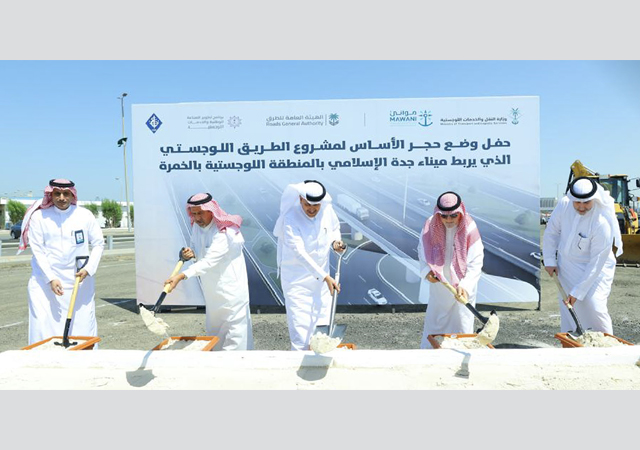
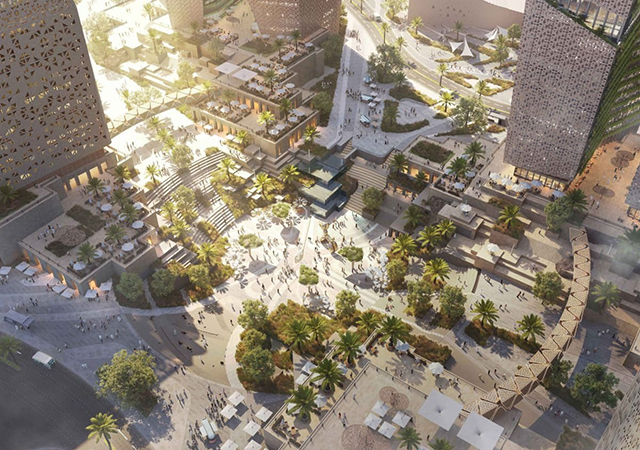

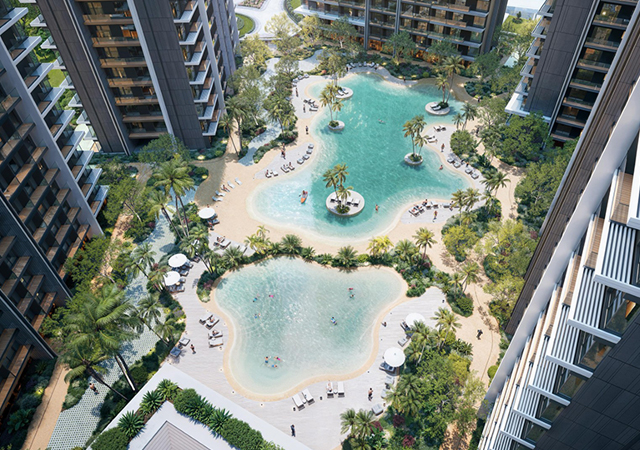
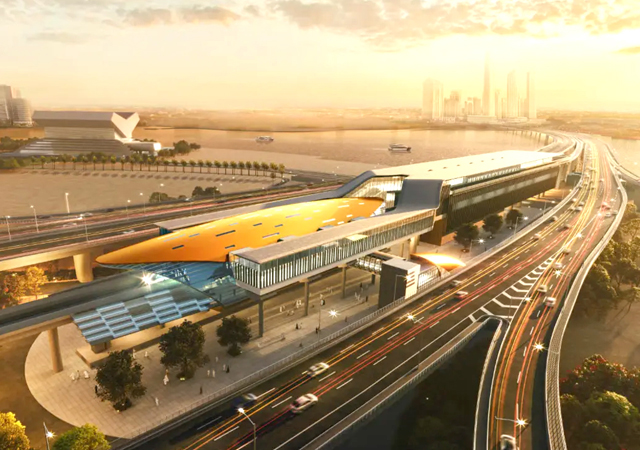
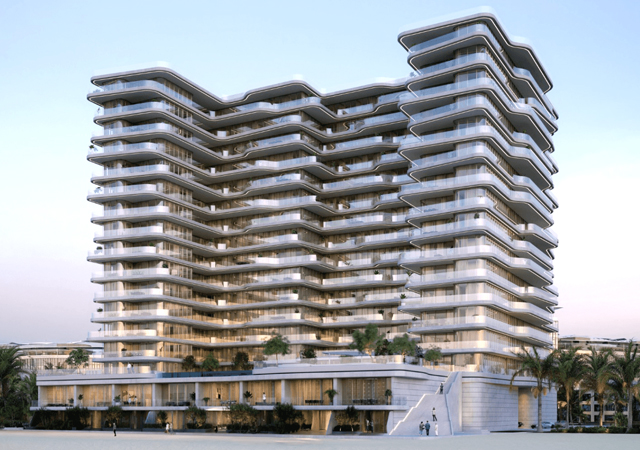
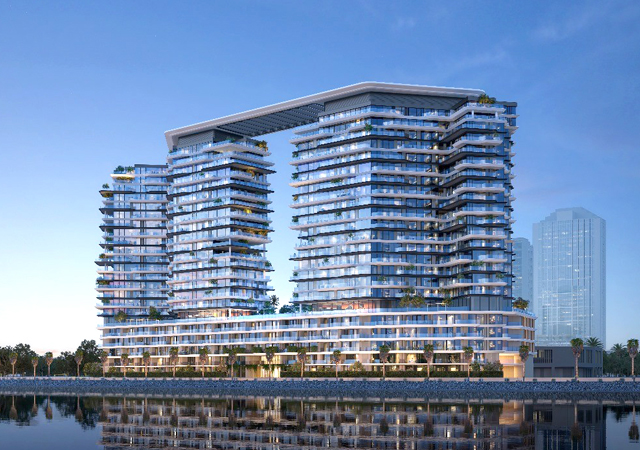
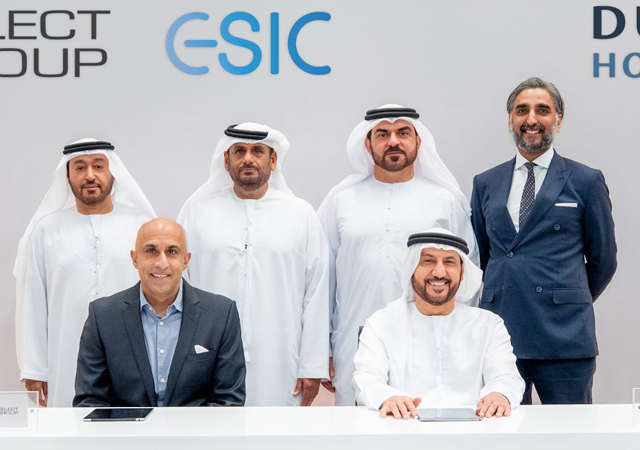
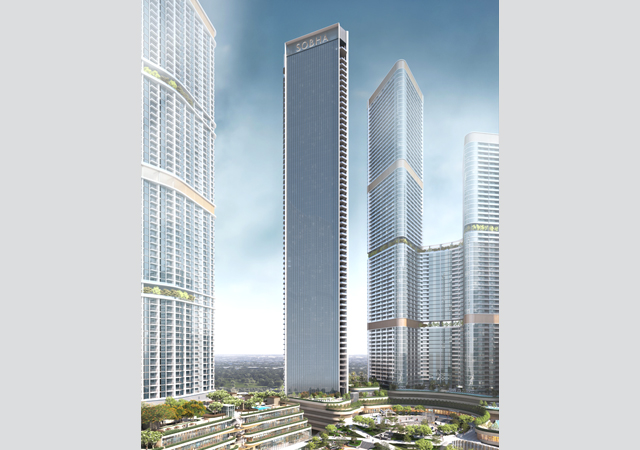
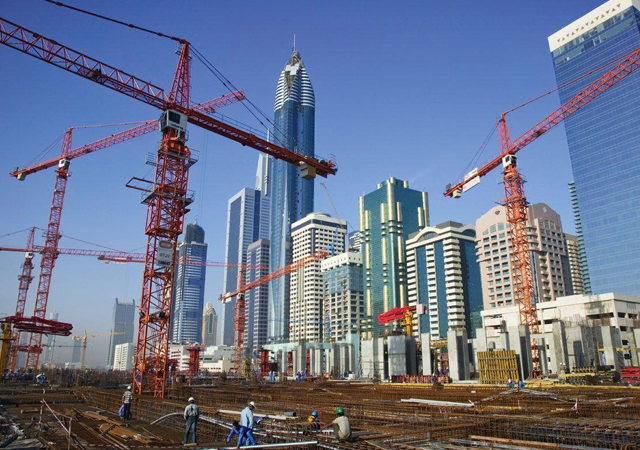

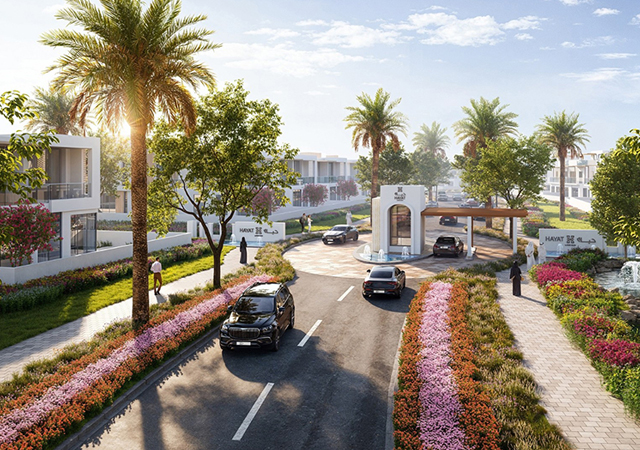

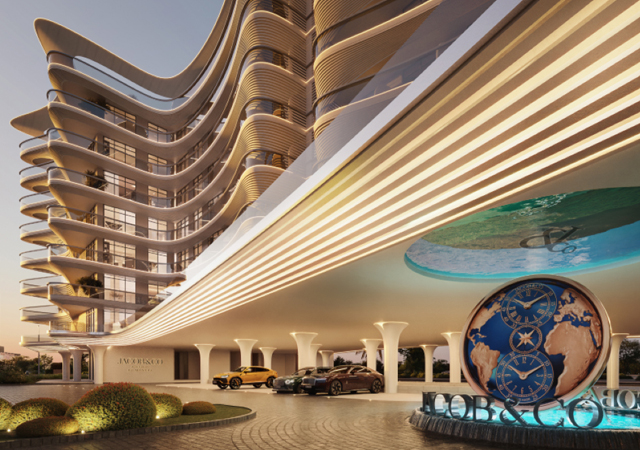
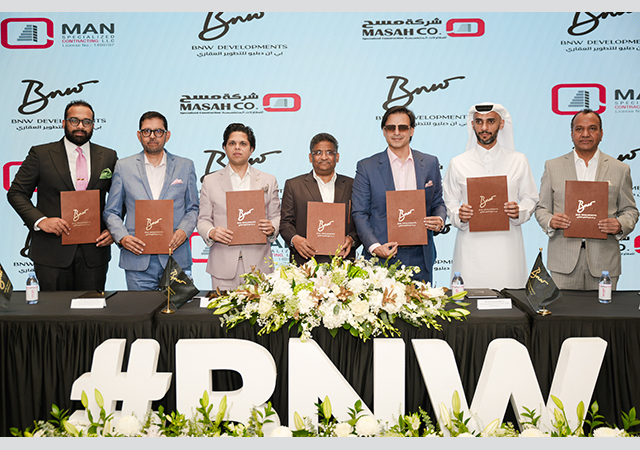
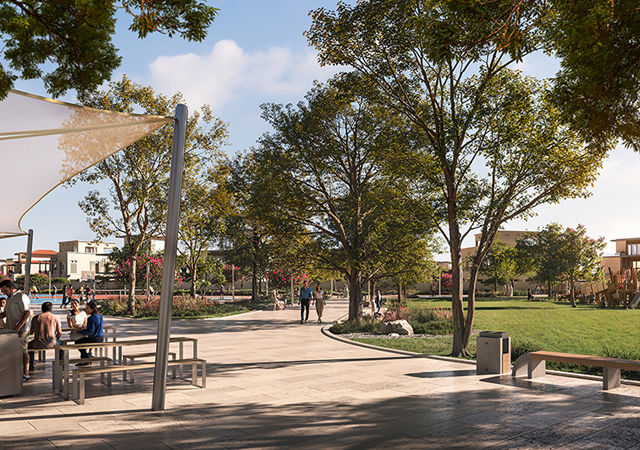
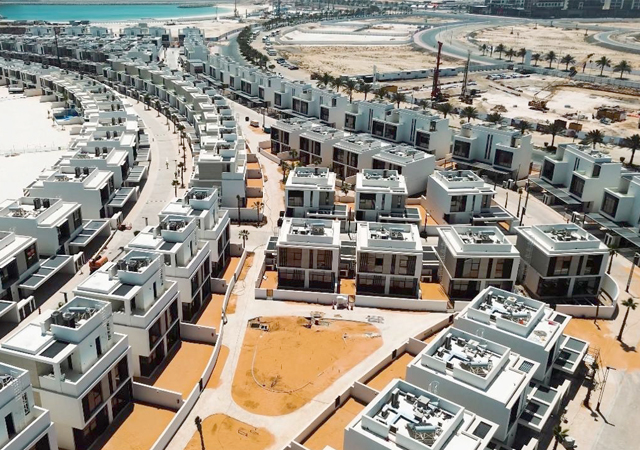
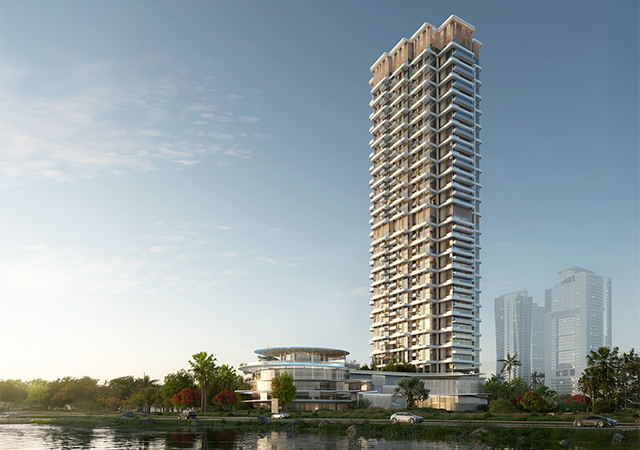

.jpg)
.jpg)
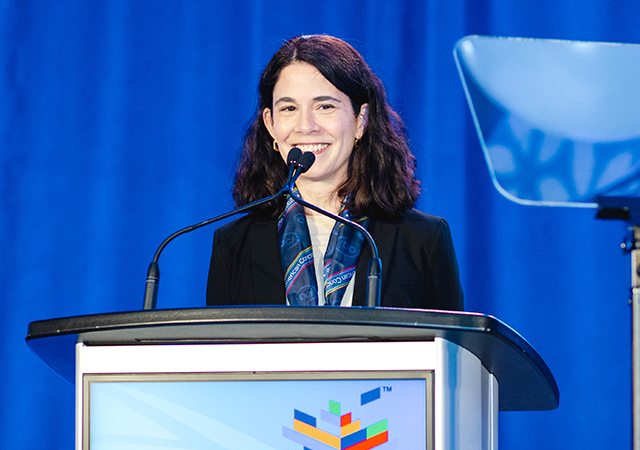
.jpg)
